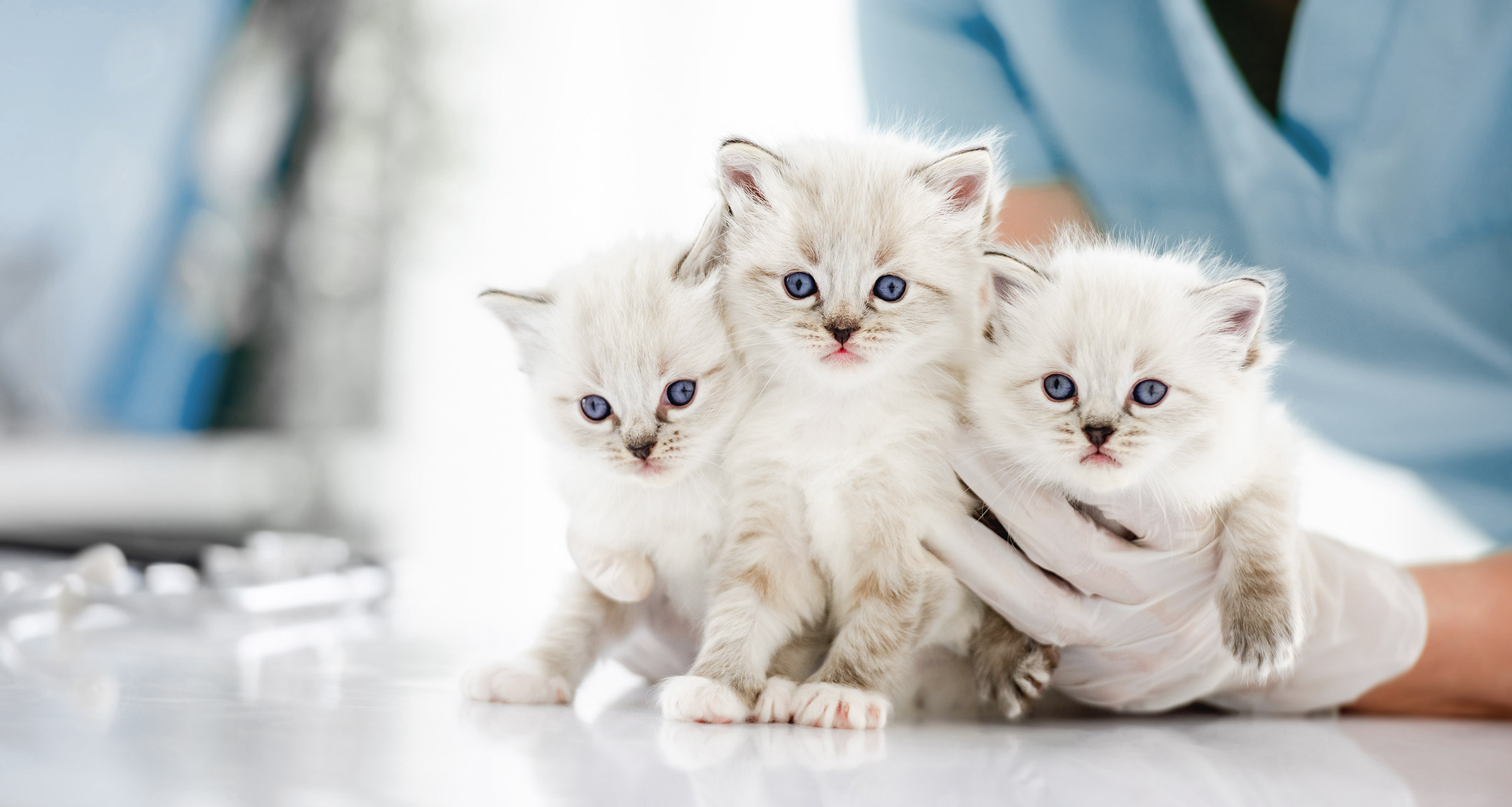Thromboembolism in cats
Thromboembolism or blood clot in the cat is one of the most serious pathologies we encounter in practice and in which the minutes and the reaction of the breeder at home really make the difference. It is most often the result of hidden HCM (hypertrophic cardiomyopathy), which is a disease of the heart muscle. In this disease, the heart wall thickens and as a consequence the cardiac volume function is reduced. In the ventricle of the heart, the blood flow changes from laminar, as seen in a healthy heart, to turbulent. This change significantly increases the risk of blood clot formation and its subsequent release into the bloodstream. The blood clot travels through the bloodstream and, depending on its size, closes the blood vessel through which it flows. In cats, this condition most commonly occurs in the lumbar spine. The condition is very acute and very painful for the cat. In practice, it really looks like that within a minute, a perfectly “healthy cat” that you have at home and that plays with you, becomes a cat paralysed in one or both pelvic limbs and is very painful. If this happens, the prognosis for survival is determined by the time the cat is given blood clot dissolving drugs, strong analgesics and comprehensive hospital care.
Virtually all cat breeds can suffer from HCM, but there are breeds that are more susceptible to the disease – British cats, Sphynx, Maine Coon, Norwegian Forest, Ragdoll, Persian, Siamese and Siberian are probably in the most at-risk group. However, we are also seeing the disease in exotic breeds and other specific breeds, and there is a study that describes the disease being on the rise in classic European cats as well.
The most tricky thing about this disease is that it usually does not affect the cat clinically – the cat has no heart murmur on routine auscultation at the vet and has a regular heart rhythm with no arrhythmias. Until a blood clot forms and occludes the blood vessel. Unfortunately, this happens in the terminal stage of the disease, and even with successful dissolution of the blood clot, the prognosis for long-term survival is poor.
How can I detect the disease in my cat?
Certain breeds can be genetically tested for the presence of a mutation that may increase the risk of this disease in a particular breed – such positive dogs should not be kept and should be tested regularly – approximately every six months – by echocardiography and chest X-ray.
Unfortunately, a negative test does not mean they will not get the disease, as we still do not know and have no way of testing for all the mutations that cause the disease
Screening measurements of Nt proBNP or troponin levels from the blood may be helpful. These enzymes are released from the heart or lungs during congestion and if they come out positive when tested, the cat is definitely adept at further heart testing.
A chest x-ray is a test that is very quick and is able to quickly assess the size of the heart and the possible presence of this disease.
ECHO of the heart – ultrasound examination of the heart is the only method nowadays to rule out or confirm this disease and determine the degree of the disease. During the examination, we measure the wall thickness, contractility of the heart muscle, pressures in the large vessels exiting the heart.
The disadvantages of this test are the cooperation of the feline patient and the highest time and cost of all the examinations.
Symptoms of a thrombus in my cat:
- Acute onset
- Significant soreness
- Complete or partial paralysis of each limb
- Cold limb compared to others
First aid:
Administer ¼ aspirin to the cat at home and go to the nearest veterinary clinic as soon as possible. The speed with which the medication is administered may save your cat’s life.




